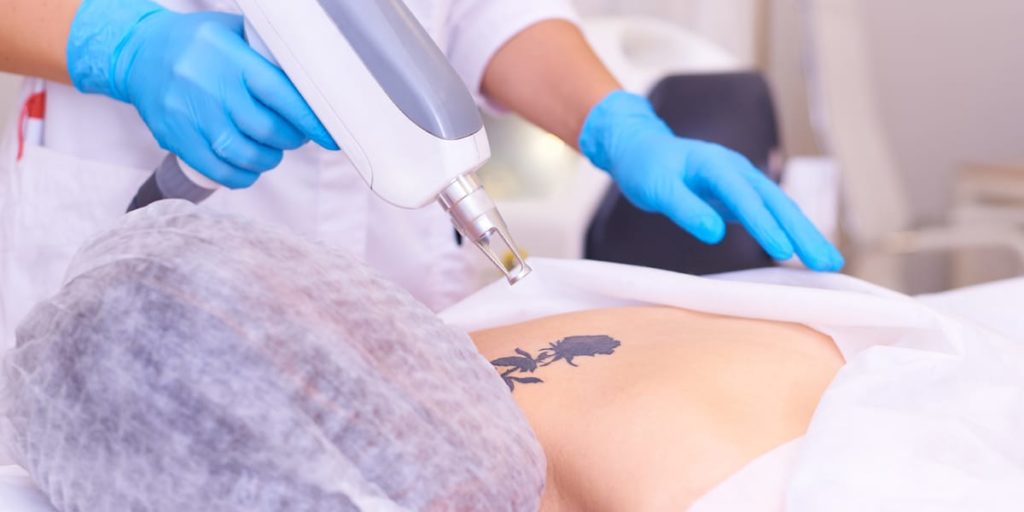If you regret some tattoos on your body or consider removing some ink, you can perform it via several techniques. The most common tattoo removal approaches remain laser removal, surgical excision, and dermabrasion. Remember that older tattoos are easier to remove, while colorful tattoos are much harder to get rid of than black and brown hues. Furthermore, you have to dedicate more time to finding the most efficient solution for removing complex tattoos. Today, we’ll try to figure out what do tattoos look like after laser removal.
How does laser tattoo removal work?
Laser rays utilize concentrated energy bursts to break the hue into smaller particles by heating the ink up beneath the skin. The body’s immune system later eliminates such fine particles. In addition, lasers might operate at different frequencies to remove multi-color tattoos. Don’t expect that your tattoos will be eradicated, as some hues feature laser removal resistance, while other inks are too deep beneath the skin so that the laser can not reach it. The color itself also affects whether your tattoo will be entirely removed. Black and blue inks in tattoos can absorb light better; they primarily respond well to laser removal.
Laser tattoo treatments vary from person to person, depending on age, skin color, type, color, depth, and the size of their tattoos. A typical tattoo requires around three to eight sessions or more to be removed by laser. Additionally, larger body tattoos need more laser pulses, and vice versa for smaller ones. An individual must notify the tattoo ink to become lighter after every subsequent session.
What do tattoos look like after laser removal?
Multiple people, who want to get rid of unwanted body tattoos, ask what do tattoos look like after removal. The truth is that laser removal isn’t immediate – it implies the gradual tattoo lightening process. Every new laser treatment will break the ink into smaller particles, allowing the human lymphatic system to eliminate it.
The advisable laser treatment schedule is every three months apart from each procedure to let the body heal until the next laser removal session. Also, it is worth mentioning that complete tattoo removal can take up to a year or two, but it is worth finally getting rid of the annoying tattoo. Be ready to spend significant amounts of dollars on your laser treatments – $460 per session on average.
An individual is likely to notice so-called frosting immediately after the laser removal session. It is a temporary skin reaction to the laser heat bursts that involves a steam accumulation beneath the skin. Frosting tends to fade around one hour following a procedure, and it typically proves the immediate laser action for tattoo removal. People might also experience blistering and crusting, even though these effects depend on a person’s skin type and tattoo pigments. The tattoo itself will fade around 2-3 weeks post laser treatment.

